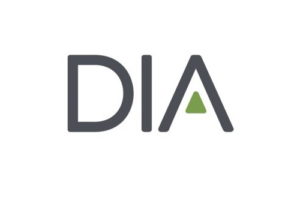Contributing to the September 2024 edition of DIA’s Global Forum magazine, Siva Kumar Buddha of Indegene reviews the challenges of risk communication and minimization in India’s healthcare sector.
In the context of pharmacovigilance, risks refer to any potential adverse effects or safety concerns that could arise from the use of a medication. These risks can range from mild to severe adverse reactions and may vary based on patient demographics, comorbidities, or concurrent drug use.
Risk minimization refers to the strategies and measures put in place to mitigate these risks or reducing the occurrence, ensuring that the benefits of a drug outweigh its risks. This involves not only identifying and evaluating risks but also effectively communicating these risks to patients and healthcare providers (prescribers, pharmacists) to ensure informed decision-making.
Routine risk minimization practices common for all medications include product information leaflets, labeling, packaging size, and legal status. However, sometimes additional risk-minimization measures might be needed to ensure that a medication is used safely and effectively.
To read the full article, visit the DIA Global Forum website



